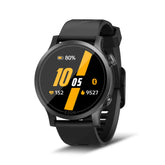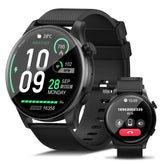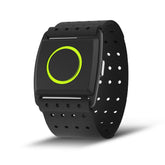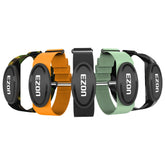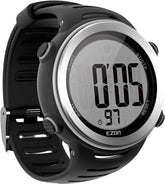The Evolution of Sports Smartwatches: Key Features and Why They Matter for American Athletes
From basic stopwatches to AI-powered health companions, sports smartwatches have revolutionized how Americans approach fitness and wellness. These devices blend cutting-edge technology with everyday usability, offering real-time insights to optimize performance and prevent injuries.

-
The Journey from Simple Timers to Health Hubs
Early sports watches in the 1990s focused on basic metrics like distance and speed. By the 2000s, GPS integration allowed runners to map routes, but limited battery life and clunky interfaces restricted adoption. Today’s smartwatches, such as the Apple Watch and Garmin Venu 3, use advanced sensors to monitor heart rate, blood oxygen (SpO2), and sleep patterns, transforming them into personal health coaches. -
Core Features for Peak Performance
- Heart Rate Monitoring: Continuous tracking helps athletes avoid overtraining. For example, Garmin’s watches use optical sensors to detect irregular rhythms, while Fitbit’s algorithm flags potential health risks.
- GPS Tracking: Precise location data ensures accurate distance and pace measurements, ideal for runners and cyclists. Some models even provide elevation gain analysis.
- Sleep Analysis: By categorizing sleep stages (light, deep, REM), devices like the Xiaomi Redmi Smart Band Pro help users identify recovery gaps and improve rest quality.
-
Innovations Shaping the Market
Brands like Garmin and Apple dominate with specialized features. The Garmin Lily 2 Active targets women with menstrual cycle tracking, while Apple Watch’s 跌倒检测功能 adds a safety layer for older users. Meanwhile, budget-friendly options like Xiaomi’s Redmi Band Pro offer 110+ workout modes and 14-day battery life, appealing to fitness enthusiasts. -
Beyond Fitness: Lifestyle Integration
Modern smartwatches double as lifestyle tools. Features like contactless payments, music controls, and smartphone notifications make them indispensable. For instance, Samsung’s Galaxy Watch series integrates with Google Assistant, allowing voice commands for tasks like checking the weather or sending texts.
